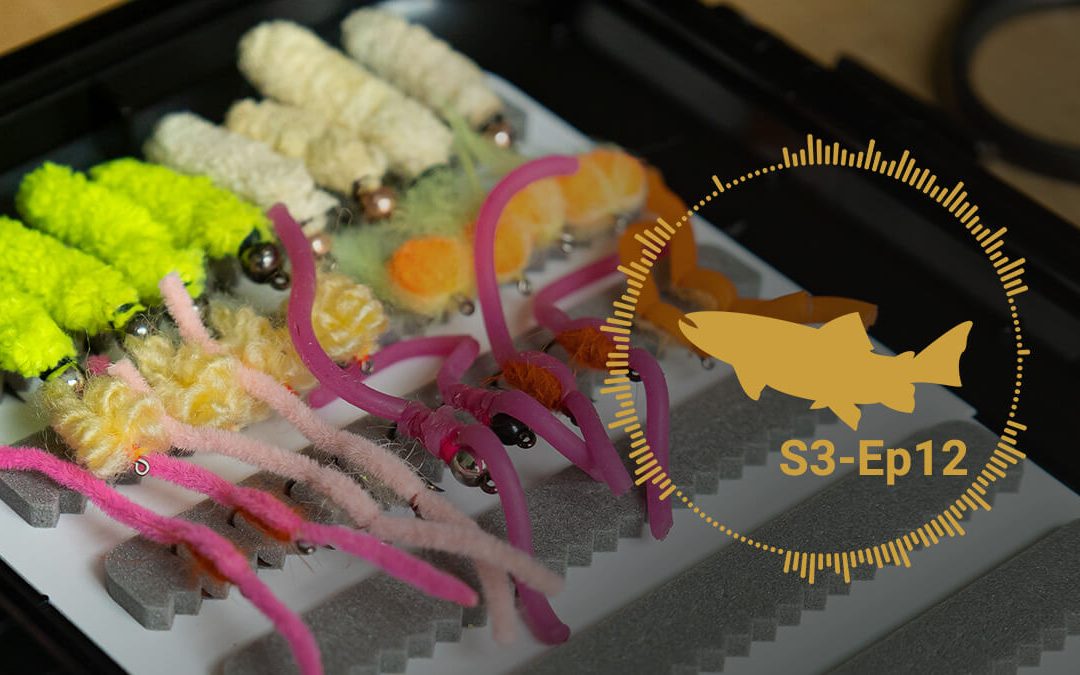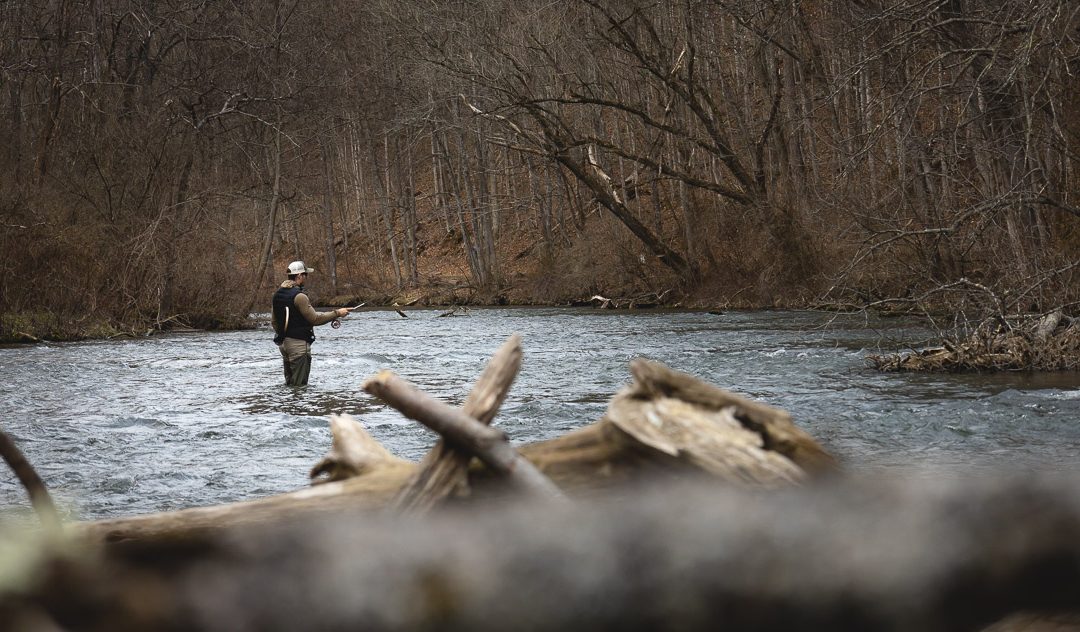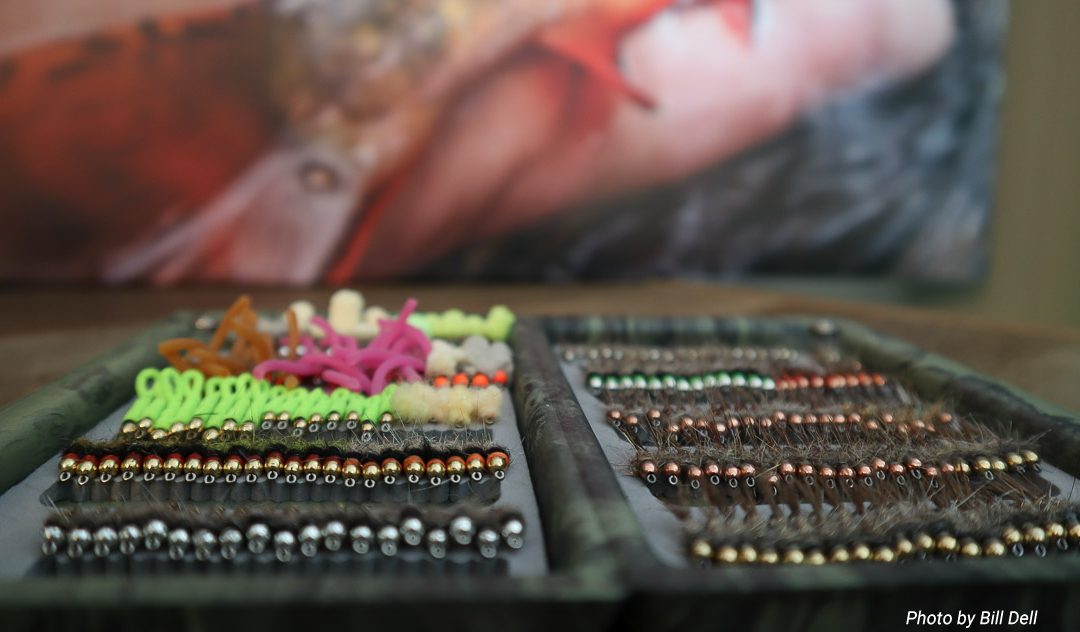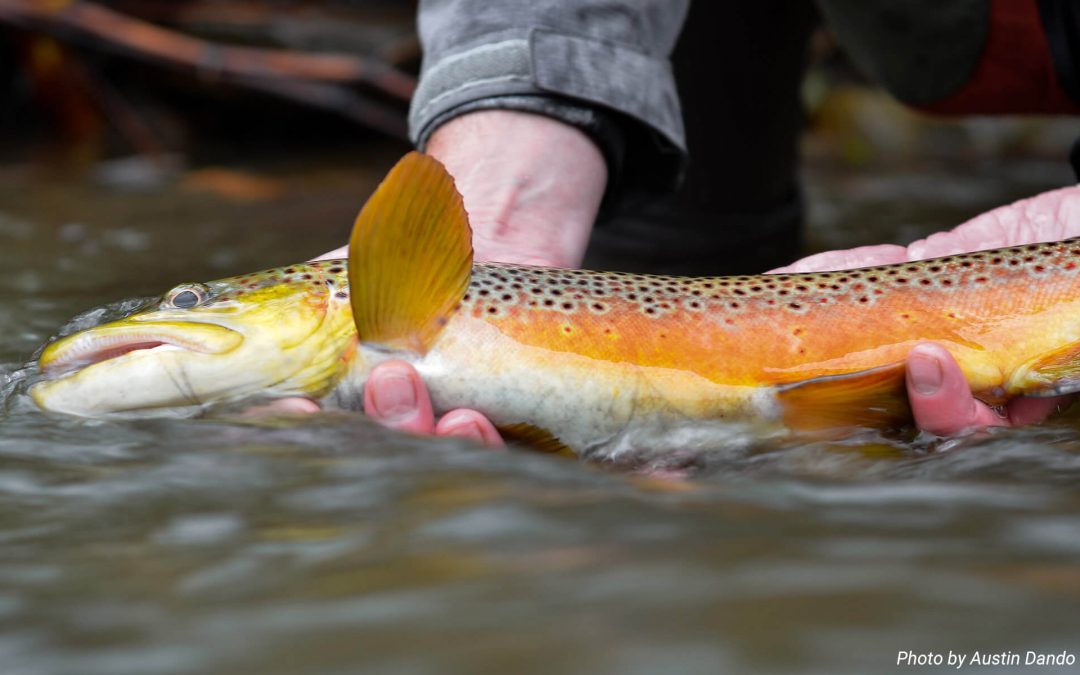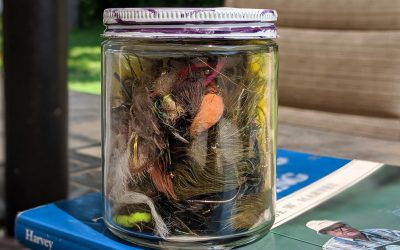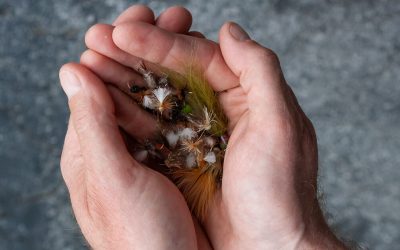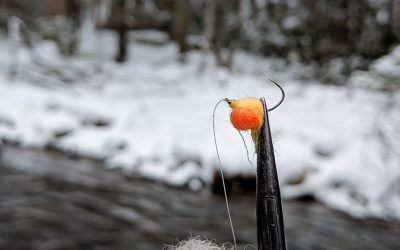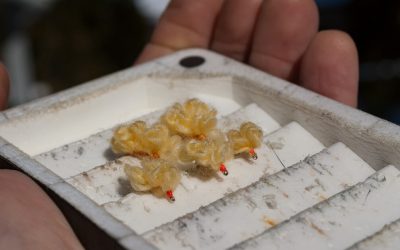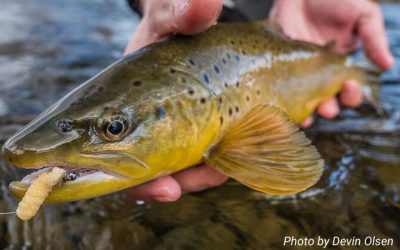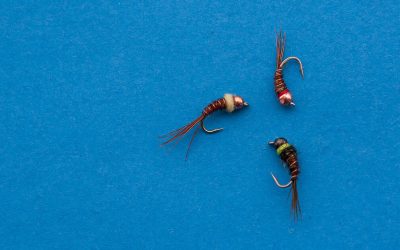Fly selection is important, but it’s one of the last questions to ask. There’s no denying that catching a few trout helps lead us to the promise of catching a few more. One trout is an accident. It’s just as likely that you found a maverick as it is that a single fish can teach you the habits of the rest. Two fish is a coincidence, but three starts to show a trend. And at a half dozen fish, there’s enough data about who, what, where, when and why to build the pieces of a puzzle.
To the die-hard angler, adaptation and adjustment to what we discover is one of the great joys of fly fishing for trout . . .
